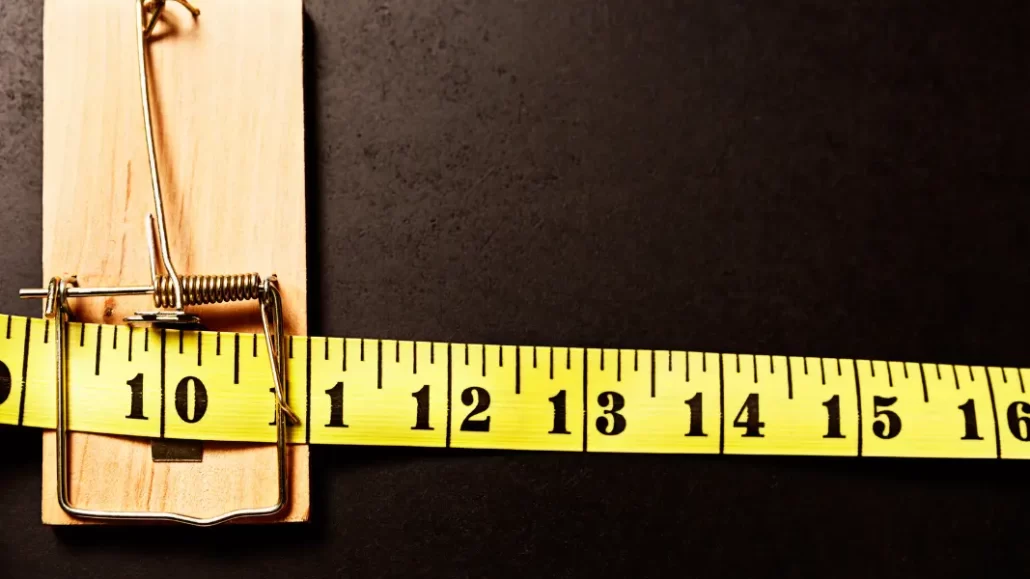Are you constantly worried about a perceived flaw in your appearance that others don’t seem to notice? Do you repetitively look at yourself in the mirror? Do you avoid social situations due to anxiety about your appearance? If yes, you may be among the millions worldwide suffering from Body Dysmorphic Disorder (BDD). This mental health condition can cause distress, loneliness, and even depression or anxiety. However, BDD can be treated with greater awareness and understanding, leading to alleviated symptoms and a better quality of life.
Prevalence of Body Dysmorphic Disorder
Body Dysmorphic Disorder impacts an estimated 1-2% of the population worldwide (roughly 156 million people). However, the percentage might be higher due to under diagnosis. BDD can affect anyone regardless of age, gender, or ethnicity. Although it is more common in women, the symptoms of BDD are just as valid in men. Studies have also shown that individuals with a history of family mental illness, those undergoing cosmetic procedures or individuals with a history of childhood neglect or abuse may be at higher risk for developing Body Dysmorphic Disorder.
Maintaining a positive self-image is becoming even more challenging with social media and the constant presence of “perfect” bodies. The pressure to conform to unrealistic beauty standards can take a toll on our body image and mental health. With this in mind, we shouldn’t be surprised that the prevalence of Body Dysmorphic Disorder is on the rise. It is important not to let this discourage you from seeking help and prioritizing your overall well-being.
Read more about body image and mental health.
How Is Body Dysmorphic Disorder Diagnosed?
Specific criteria are necessary for a formal diagnosis of Body Dysmorphic Disorder. One of the criteria is the preoccupation with one or more perceived defects or flaws in physical appearance that are not noticeable or appear only slightly to others. This preoccupation must cause distress or impairment in areas of functioning. Additionally, individuals with BDD may engage in repetitive behaviors or mental acts in response. Some examples include mirror checking, excessive grooming, or constantly comparing oneself to others. It’s important to note that a qualified mental health professional can formally diagnose BDD based on a comprehensive assessment of symptoms and history. Additionally, individuals with observable or significant physical abnormalities or disfigurements may find a different diagnosis to be a better fit.
Diagnosis Challenges
While Body Dysmorphic Disorder can significantly impact an individual’s quality of life, diagnosing the condition can be challenging for several reasons.
The feeling of shame is often associated with the condition. Individuals with BDD may feel embarrassed to discuss their concerns with others, making it a challenge to diagnose. Additionally, they may not even realize that their preoccupation with their appearance is a diagnosable mental health condition because body image issues are common in society. This can make it difficult for mental health professionals to identify and diagnose the disorder, as individuals may not be open about their symptoms.
Another challenge in diagnosing BDD is its comorbidity with other mental-health conditions, such as obsessive-compulsive disorder (OCD), social anxiety disorder, and depression. Comorbidity refers to the presence of two or more diseases at the same time. Symptoms of BDD may also be mistaken for other medical conditions, such as anorexia nervosa or other body-image disorders. This can make it challenging to differentiate BDD from other conditions and to provide an accurate diagnosis.
Finally, individuals with BDD often seek relief from their symptoms through dermatologists or surgeons before seeking mental health services. However, focusing solely on physical solutions can lead to further harm, as BDD is a psychological condition that cannot be fixed exclusively through cosmetic procedures. Individuals with BDD are often dissatisfied with the results of these procedures, further enhancing their negative body image and distressing thoughts.
How do I know if I have Body Dysmorphic Disorder?
If you feel like you may be suffering from Body Dysmorphic Disorder, it’s important to seek help from a qualified mental health professional. BDD can significantly impact an individual’s quality of life, leading to feelings of shame, embarrassment, and social isolation. However, with appropriate care, individuals with BDD can improve their mental health and well-being and lead fulfilling lives. Treatment for BDD may include a combination of medication and therapy, such as Cognitive-Behavioral Therapy (CBT), Accelerated Experiential Dynamic Psychotherapy (AEDP), and Exposure and Response Prevention (ERP). It’s essential to recognize that seeking help for BDD is a sign of strength and courage. There is no shame in asking for help. Don’t hesitate to reach out for help, and remember that recovery is possible and support is available.
Are you interested in working on body image issues? Find out which of our therapists would be a good fit for you!
Have you found ways to overcome body-image issues? Join the conversation in the comments below!
- Grief During the Holidays: How to Navigate Grief in a Season of Joy - December 25, 2025
- Behind the Smile: Navigating High Functioning Depression - October 17, 2024
- The Weight of Self-Image: Anxiety, Depression, and Body Image - June 6, 2024





2 comments
Ashley!
Thank you for sharing your wisdom and knowledge. You’re right BDD is challenging to identify because body image issues are more common in society.
Ashley,
Thank you for sharing your wisdom and knowledge. You’re right. BDD can be challenging to identify because body image issues are definitely more common in society.